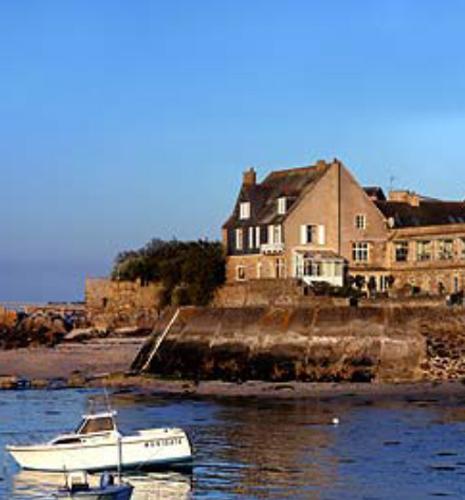
News in brief
Multiphysical couplings in materials modeling
Contribution to the study of couplings in interfaces, polymers and porous materials The work of Laurent Cangémi relates to the field of modeling and concerns the formulation of multiphysical couplings in materials. It applies to all porous media exposed to the effects of mass transfer, heat, plasticity or damage, such as catalyst supports or natural underground environments.

News in brief
SC6 - Floating wind turbines: gaining a better understanding of the behavior of steel mooring ropes
Mooring lines are essential components for the stability of offshore floating structures, such as those supporting wind turbines. They often consist of steel spiral ropes linked by a chain to the platform (also known as the “floater”). New solutions are currently being studied, in which the rope is directly connected to the floater, thereby removing the need for the chain - which has proved to be a mechanical weak point - and simplifying the connection...

News in brief
“From material to structure” modeling: the case of anchor cables for offshore wind, in corrosive environment
Anchor lines, the majority of which are carbon steel cables, are essential components for the stability of offshore floating structures, such as those supporting wind turbines. To overcome the risk of breakage during service, redundant lines are generally incorporated at the design stage, which adds significantly to the cost...

News in brief
Materials for energy, a scale transition for an energy transition
Supported by its recognized experience in the development of energy production solutions, IFPEN has acquired in-depth expertise in the field of materials for functional use. Today, this expertise is being harnessed to address the emerging challenges of the energy transition...

News in brief
In silico design: digital materials here we come!
Proposing innovative technological products often requires recourse to simulation approaches in order to boost our capacity to evaluate original concepts. This is particularly true in the field of

News in brief
Improvement of hydrodynamic models for floating wind turbines
The development of floating platforms for offshore wind turbines, to replace fixed foundations, paves the way for the harnessing of wind reserves in ultra-deep offshore zones. The potential is

News in brief
Semi-crystalline polymers: clays that are ignored?
In the energy sector, semi-crystalline polymers a are primarily used within structures located in aggressive environments, to form coatings (waterproofing, thermal or electric barriers). These





